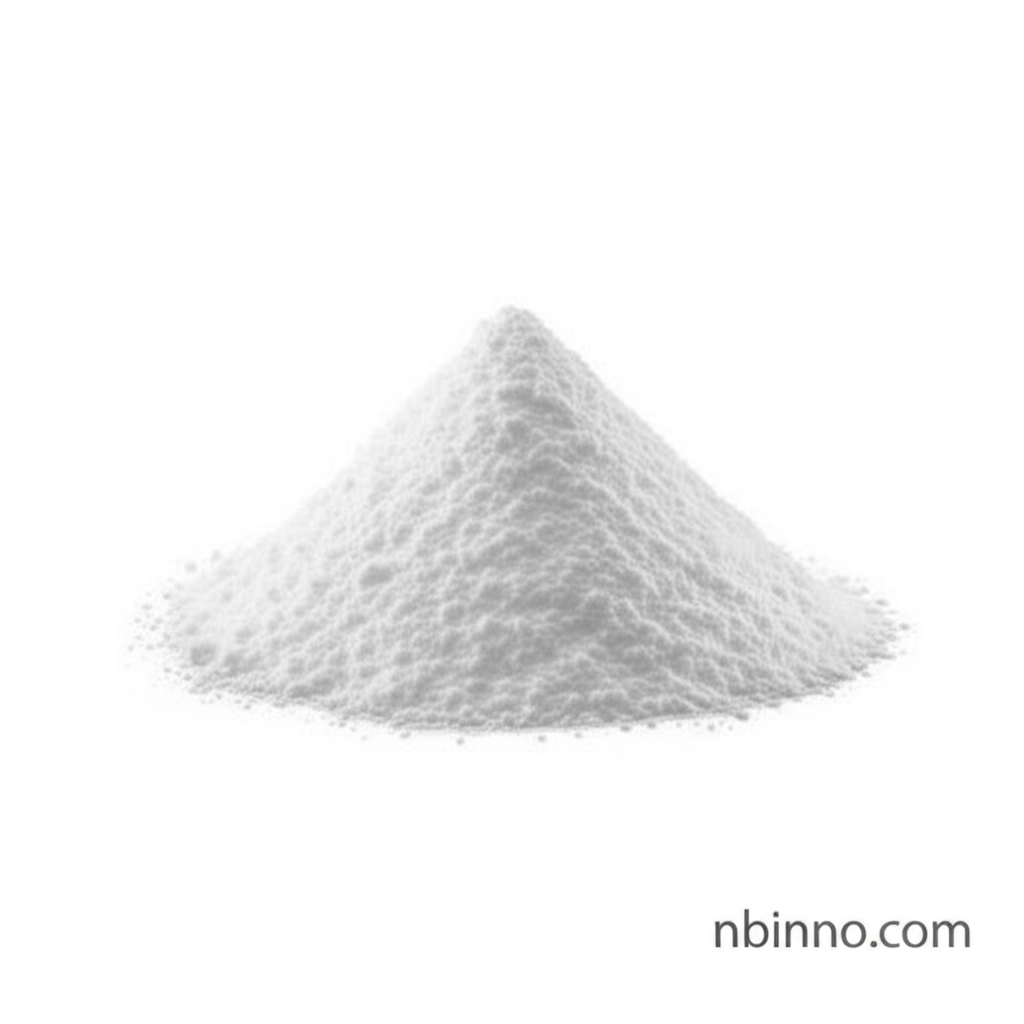6-Aminocaproic Acid: Essential for Hemostasis and Polymer Production
Discover the critical role of this compound in stabilizing blood clots and its vital function in industrial synthesis.
Get a Quote & SampleProduct Core Value

6-Aminocaproic Acid
6-Aminocaproic Acid is a versatile compound with dual importance in medicine and industry. Its primary medical function as an antifibrinolytic agent helps manage bleeding disorders by inhibiting plasmin, thus stabilizing blood clots. Industrially, it serves as a crucial intermediate in the polymerization of Nylon-6. This dual utility makes it a compound of significant interest for various applications.
- Discover how 6-Aminocaproic Acid works to stabilize blood clots through its unique mechanism of action.
- Learn about its critical role as a chemical intermediate in Nylon-6 polymerization processes.
- Understand the treatment of bleeding disorders and how this compound aids in controlling excessive blood loss.
- Explore its pharmaceutical applications and its necessity for various medical treatments.
Key Advantages
Effective Hemostatic Properties
The ability of 6-Aminocaproic Acid to inhibit plasmin directly contributes to better blood clot stabilization, making it invaluable for managing bleeding events and supporting patient recovery.
Versatile Industrial Intermediate
As a key component in Nylon-6 synthesis, its role in the production of widely used polymers highlights its importance in the chemical manufacturing sector.
Broad Application Spectrum
From critical surgical procedures to everyday industrial material production, the wide-ranging uses of 6-Aminocaproic Acid underscore its significance.
Key Applications
Medical & Pharmaceutical
Used to treat excessive bleeding after surgery or in specific bleeding disorders, leveraging its antifibrinolytic action.
Chemical Synthesis
Essential as an intermediate in the Nylon-6 polymerization process, contributing to material science advancements.
Surgical Support
Aids in controlling bleeding during and after surgical interventions, demonstrating its value in operative care.
Research & Development
Investigated for various uses, including managing oral bleeding in hemophilia patients, showcasing ongoing exploration of its medical use.
